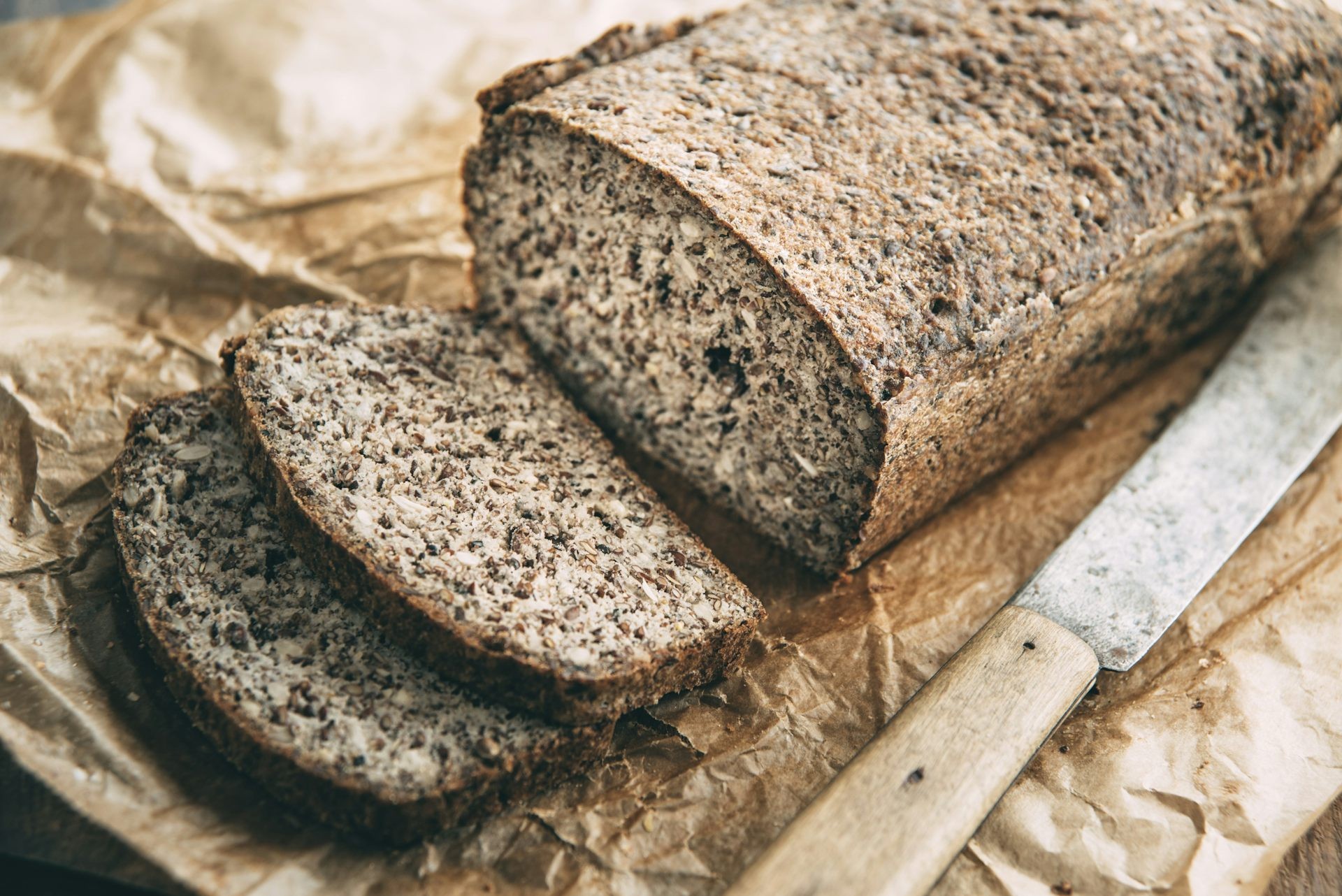Many consumers are turning to gluten-free products, but a new study reveals a surprising truth: these options often pack more sugar and calories while offering less protein compared to their gluten-containing counterparts. This article explores the nutritional landscape of gluten-free foods, examining the potential trade-offs and debunking some common misconceptions.
The rising popularity of gluten-free diets has led to a surge in product availability. While essential for individuals with celiac disease or gluten sensitivity, many people adopt this dietary approach believing it’s a healthier choice for weight management or overall well-being. However, a closer look at the nutritional profiles of these products reveals a more complex picture.
The Nutritional Reality of Gluten-Free Foods
Gluten-free products, by definition, exclude wheat, rye, and barley. These grains are naturally rich in fiber and essential nutrients. To compensate for the absence of gluten, manufacturers often rely on alternative ingredients that can impact the nutritional value.
Increased Sugar and Calorie Content: Gluten-free formulations often incorporate higher levels of sugar and refined carbohydrates to mimic the texture and taste of traditional products. This can lead to an increased calorie intake without the added benefits of fiber or protein.
Lower Protein and Fiber: The study highlights that many gluten-free options are deficient in dietary fiber, protein, and essential nutrients. While some manufacturers attempt to fortify these products, the added fibers can sometimes hinder protein digestion.
Impact on Gut Health: Wheat, rye, and barley are significant sources of arabinoxylan, a non-starch polysaccharide that promotes beneficial gut bacteria and aids digestion. Eliminating these grains can potentially disrupt gut health, especially without adequate fiber intake from other sources.
Debunking the Gluten-Free Myths
Many perceive gluten-free diets as a pathway to weight control and improved diabetes management. However, the study suggests that these perceived benefits are often exaggerated. Long-term adherence to a gluten-free diet has even been linked to increased body mass index (BMI) and nutritional deficiencies.
It’s crucial to remember that gluten-free doesn’t automatically equate to healthy. The nutritional value depends heavily on the specific ingredients and formulation of each product.
Exceptions and Improvements
While many gluten-free products fall short in nutritional value, there are exceptions. Gluten-free seeded breads, for example, can contain significantly more fiber than their gluten-containing counterparts. This is often achieved by incorporating pseudo-cereals like amaranth and quinoa.
However, these improvements vary by manufacturer and region. Gluten-free products in some areas may still lag behind in fiber content compared to traditional options.
The Gluten-Free Market: A Growing Trend
The gluten-free market is experiencing rapid growth. Fueled by perceived health benefits and dietary trends, the global market was valued at $7.28 billion in 2024 and is projected to reach $13.81 billion by 2032. This growth underscores the importance of understanding the true nutritional implications of gluten-free choices.
While a gluten-free diet is medically necessary for those with celiac disease, wheat allergies, or non-celiac gluten sensitivity, a significant portion of the population consumes these products without a clear medical need.
Moving Forward: Towards Nutritionally Balanced Gluten-Free Options
To improve the nutritional landscape of gluten-free foods, investment in research and development is essential. This includes exploring locally available ingredients and conducting human feeding trials to ensure that new formulations meet nutritional needs without adverse effects.
Collaboration between governments and manufacturers can help secure subsidies to reduce production costs and make these products more affordable. Public education is also crucial to keep consumers informed about the pros and cons associated with a gluten-free diet.
Conclusion
While gluten-free foods offer a necessary alternative for individuals with specific medical conditions, it’s important to be aware of the potential nutritional trade-offs. Many of these products are indeed high in calories and sugar while lacking essential nutrients. By making informed choices and prioritizing nutritionally balanced options, consumers can navigate the gluten-free market with greater confidence. A balanced diet, whether gluten-free or not, remains the cornerstone of good health.
